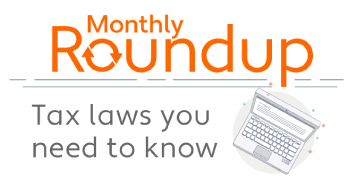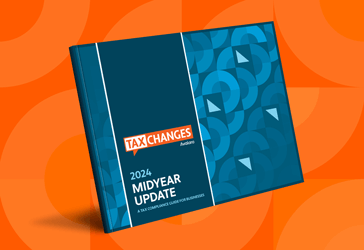Will’s Whiteboard: VAT Explained
For businesses planning to expand internationally, navigating VAT (Value Added Tax) can be as tricky as accommodating dietary restrictions at a Malibu dinner party: if you don’t know the specific rules, the best laid plans can be foiled by basic oversights.
Some of the world’s key markets use VAT—for instance, China, India, and the European Union. So understanding how VAT works is a necessity.
Watch this three minute video to find out more.
Video transcription
Hi, welcome to Will’s White Board. I’m Will. Today we’re going to be talking about VAT or Value Added Tax. Many people struggle to understand what exactly VAT is and how it works, but it’s extremely important. Over 150 countries use VAT including China and India, and most of Europe. So for global and international businesses it’s imperative that you understand VAT. Let’s take a look.
Okay, VAT is an indirect tax that is given to the government at every stage of production of an item, in other words, every time there is value added. Let’s take an example from the furniture industry. Let’s just say that there is a lumber company and they’re selling lumber to a furniture maker and they’re going to sell it for 50 euros and the VAT rate is 10%. So that means that on 50 euros there would be 5 euros VAT. Now the lumber company is going to give that 5 euros directly to the government, so 5 euros here to the government. The furniture maker buys it for 55 euros and let’s say that they’re going to sell it to the furniture store, but they’re adding value so they charge 120 euros to the furniture store. That’s 12 euros VAT. Now, the furniture maker is going to also give VAT to the government because there was value added, but they’re not going to give the full 12 because the government already got 5. So they’re going to give 12 minus 5 equals 7.
We’ll say that again in case you missed it. The furniture maker sells it to the retail store for 132 euros and the retailer is going to sell it to the consumer and let’s say they want to sell it for 150 euros, which would be 15 euros VAT. So the consumer pays 165 euros and the furniture store is going to remit that again, but a total of 12 euros is already paid. So they take the 15 and subtract the 12 coming from here and they’re going to remit 3 to the government. So at each stage when value is added VAT is remitted to the government, but if there was an amount of VAT that was previously paid that gets subtracted from how much an entity remits to the government. I hope this helps you understand VAT and I’ll see you next time, bye.
Stay up to date
Sign up for our free newsletter and stay up to date with the latest tax news.













